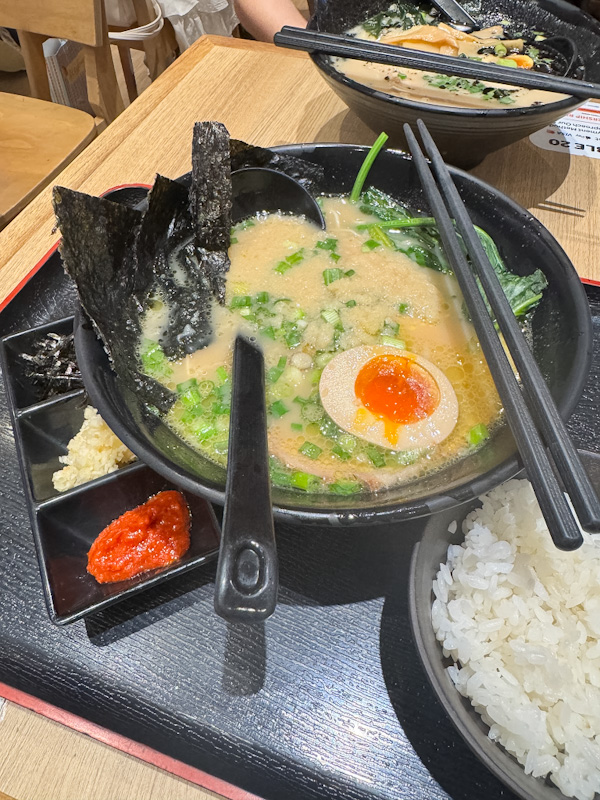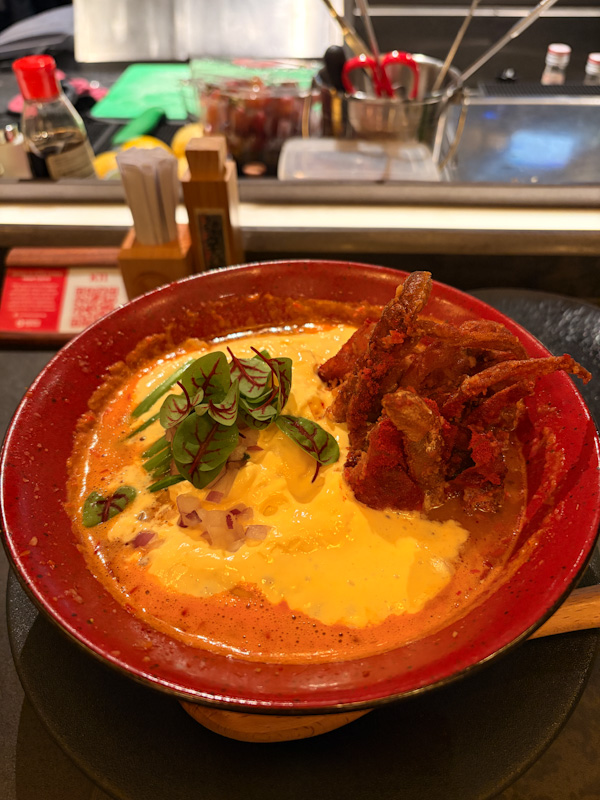WHAT WE ATE
- Mazesoba Chashu, 55/100 (19 Sep 2025, Plaza Singapura)
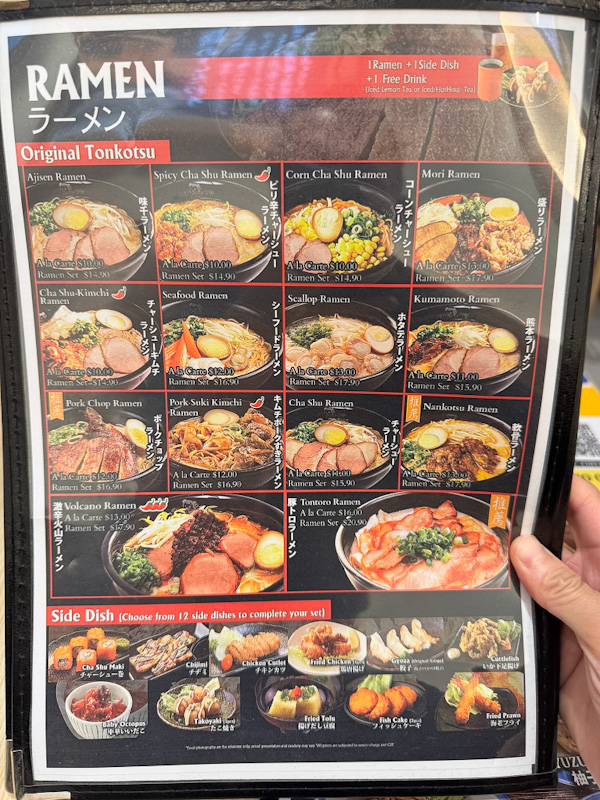
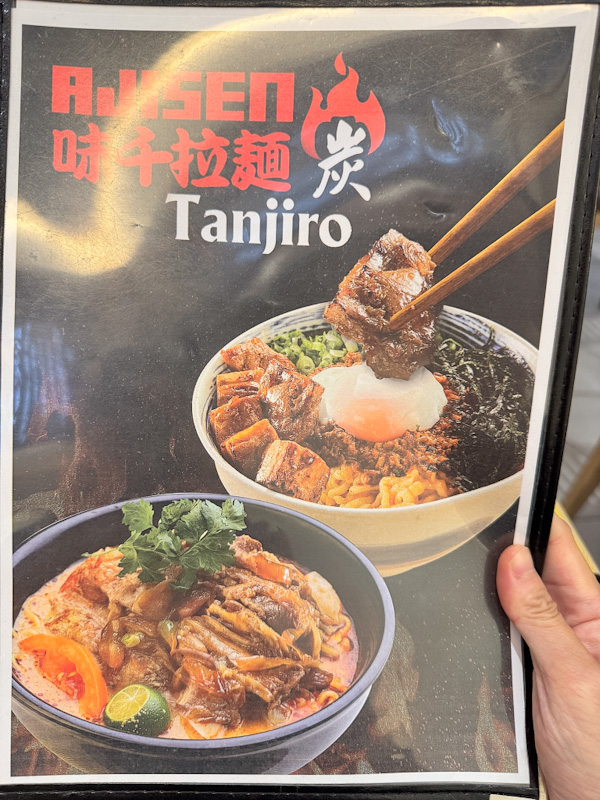
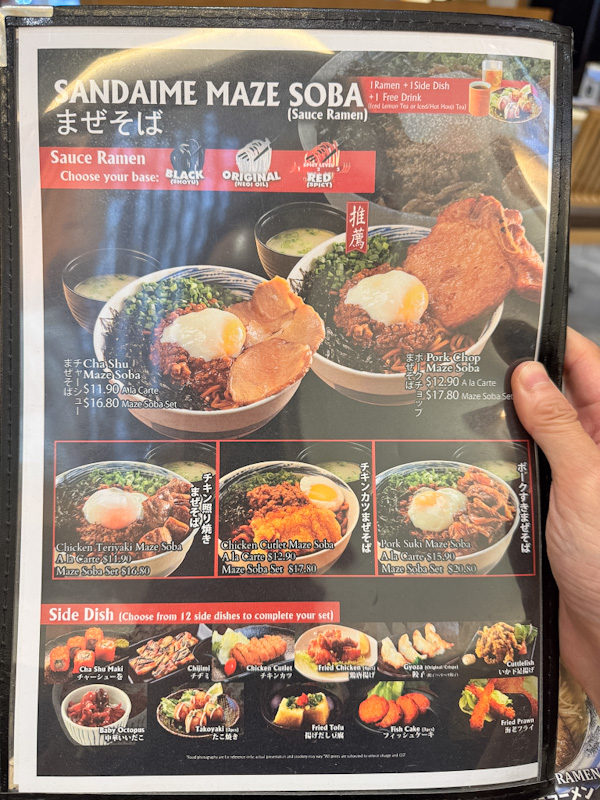
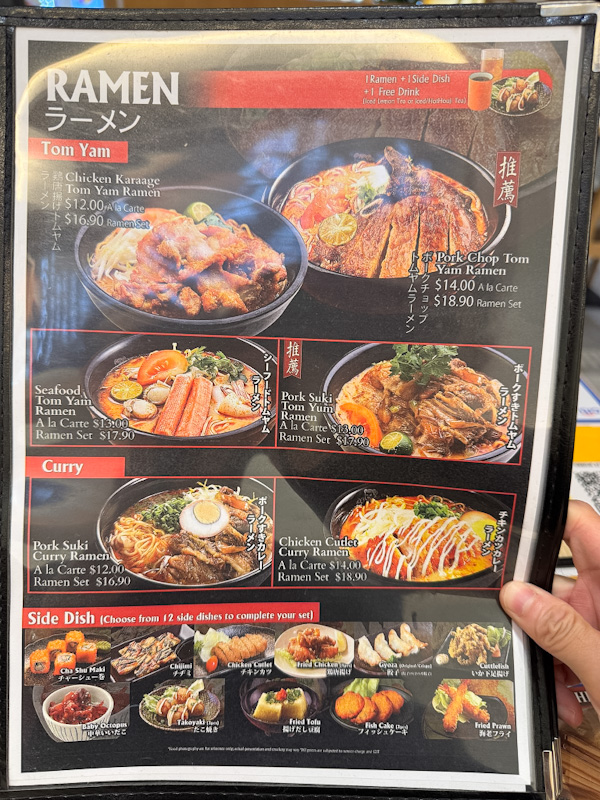
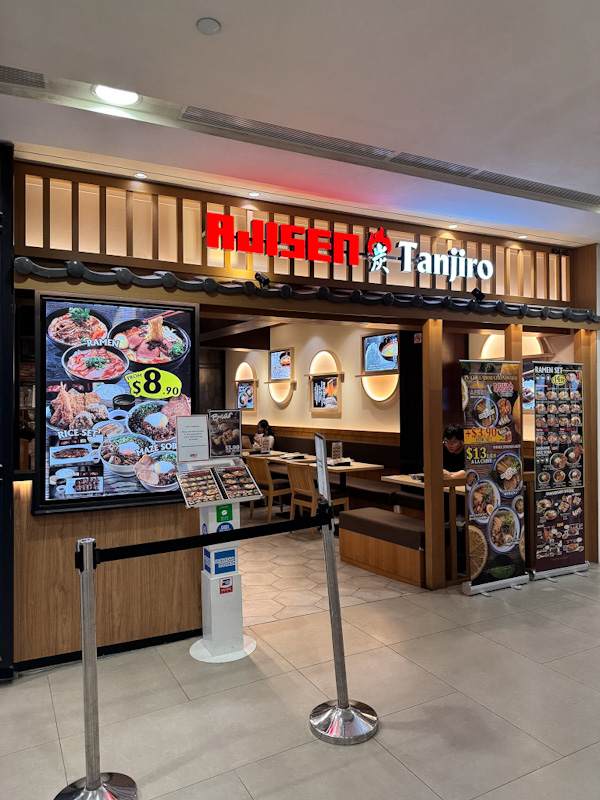
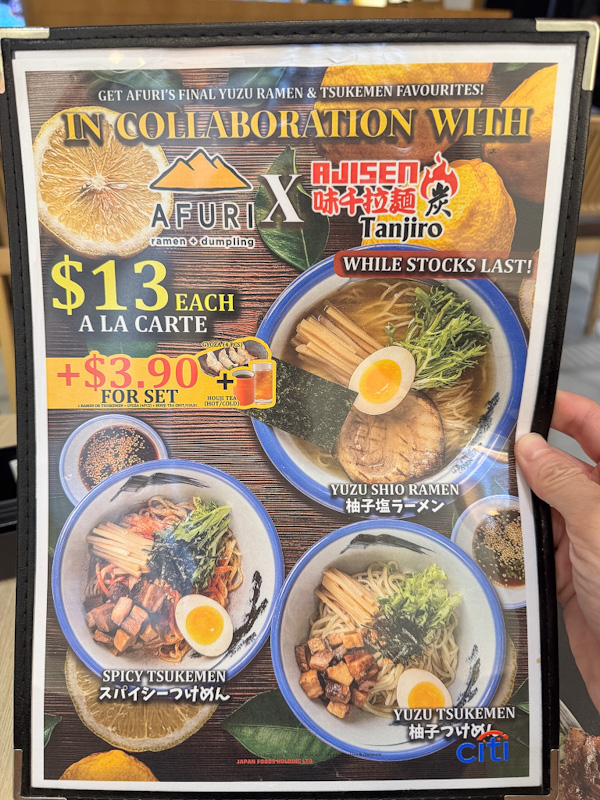
Ajisen Tanjiro is Ajisen Ramen’s refreshed, mall-friendly spin-off in Singapore—positioned as “Ajisen Ramen with a new twist.” It keeps the Kumamoto-born Ajisen DNA (the chain started in 1968 and is synonymous with tonkotsu ramen) while widening the playbook beyond soup bowls to include maze soba (dry noodles), rice set meals, and an expanded slate of casual sides. You’ll find it across major malls island-wide, with online ordering available, but the core idea is consistent: familiar Ajisen comfort with a broader, more mix-and-match menu built for everyday dining.
In this review, I’m looking at how Tanjiro’s “extension” reads in the bowl—what shifts in noodle style and composition come with the maze-soba/rice-set focus, and where it still channels classic Ajisen tonkotsu heritage without overcomplicating things.
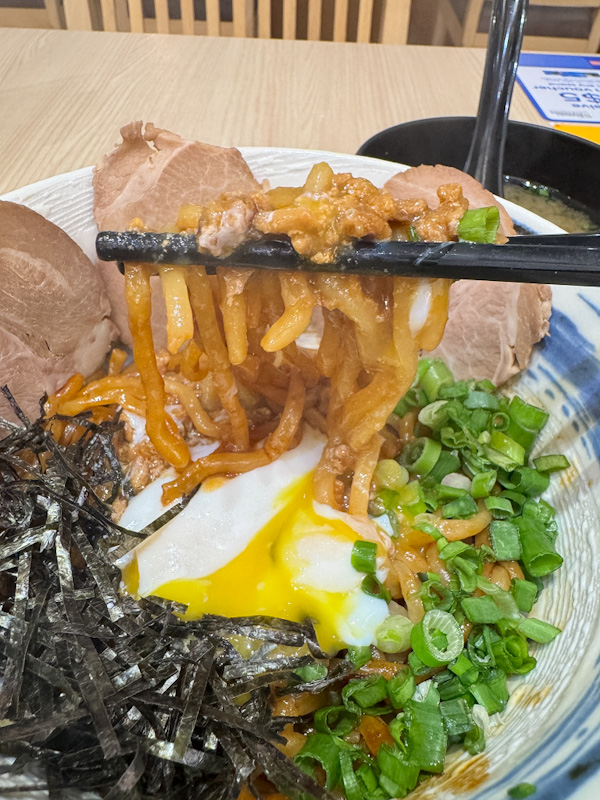
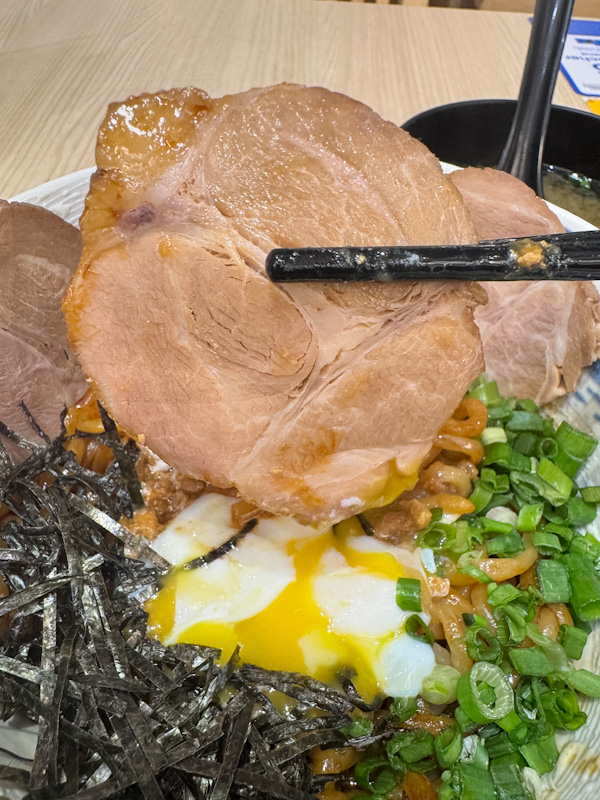
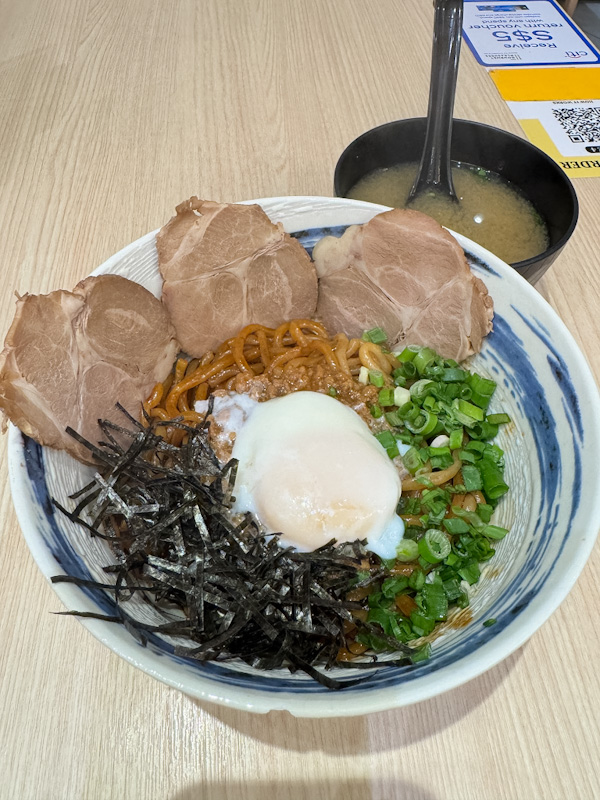
Mazesoba Chashu: 55/100
Noodle: 25/35
The noodles here are thick, squarish, and wavy—clearly intended to catch the sauce. They lean into the mochi mochi spectrum: chewy, springy, and firm with a dense bite. There’s some satisfaction in the resistance, though the wheat flavour remains muted, shadowed by a faint alkaline undertone that makes the slurp feel less clean.
Sauce & Soup: 20/35
Three sauce bases are offered—white, black, and red. I went with the black. The flavour progression is restrained: a mildly savoury head, a mellow umami body, and a finishing sweetness that trails with a light shoyu aroma. It’s balanced, but in a way that feels more functional than exciting. Think of background elevator music—steady and comforting, yet without a peak moment.
A side miso soup arrives as well, slightly diluted in strength but lifted by a sourish tang. Oddly enough, that tang works well as a palate reset in between bites.
Meat/Protein: 5/20
The chashu is underwhelming. Three medium-thin slices of rolled pork shoulder carry a tough, stringy texture, with fat that resists rather than melts. The thin marination allows the porky odour to come through more than it should. Minced pork is also part of the bowl, though ground so fine and portioned so sparingly that it barely registers. Its dryness further reduces impact, leaving protein as the weakest component here.
Other Toppings: 5/10
The onsen egg is competent but unspectacular, providing a nice umami coat but lacks creaminess. Negi, slightly dried out, lacks pungency and feels more decorative than functional. Nori strands sit flat, especially against the black sauce’s richer tones. Curiously, the side miso soup carries a generous amount of seaweed—the most texturally satisfying topping of the lot.
Summary
The noodles carry a dense, mochi mochi chew that feels satisfying but slightly marred by a faint alkaline aftertaste. Sauce progression is balanced yet flat—steady savouriness and sweetness without a defining high point, rescued somewhat by the tangy side miso soup acting as a palate refresher. Protein is the weakest link: thin pork shoulder slices are tough and odorous, while the minced meat is too fine and scant to matter. Toppings like onsen egg, negi, and nori play supporting roles without much impact, leaving the bowl functional but far from memorable.
DISCLAIMER
One man’s meat is another man’s poison.
Find out more about our palettes and how we evaluate our ramen here. 😉

